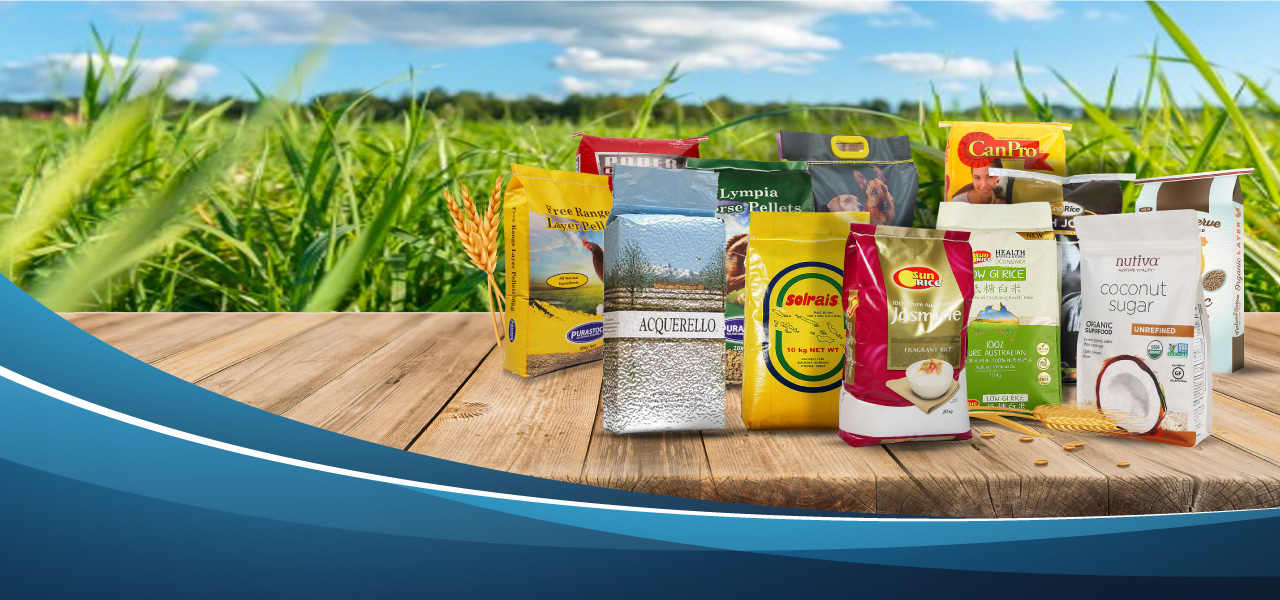Talk about vacuum bag packaging
Vacuum packing or vacuum packaging is a form of modified atmosphere packaging found around the world. Vacuum packing removes atmospheric oxygen from the primary package products are enclosed in. Oxygen is the primary source of product degradation. The removal of oxygen can often extensively help extend product life. Consumable and non-consumable products are protected by vacuum packing.
Vacuum packaging is the technique of removing air from a package before sealing it, which predates the use of gas as a means of food preservation. Its main purpose is to remove oxygen by bringing the packaging material into close contact with the product. It is particularly suitable for frozen poultry, such as turkeys, where the removal of air helps reduce freezer burn, and for fatty fish such as salmon.
The basic form of vacuum packing removes oxygen from a vacuum bag and seals off the bag once a vacuum cycle is complete.
Vacuum packaging does have its problems. No one is perfect. Unfortunately, vacuum packaging is currently not as easy to recycle as other types of packaging.
That said, as the global population stabilizes but continues to grow, estimated to reach around 10 billion by 2050, we need to urgently address ways to provide those numbers. Ultimately, the amount of waste is unsustainable and smarter, more efficient ways of packaging food will allow us to begin the fight against malnutrition and sustainability in the food industry.
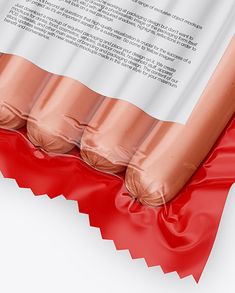
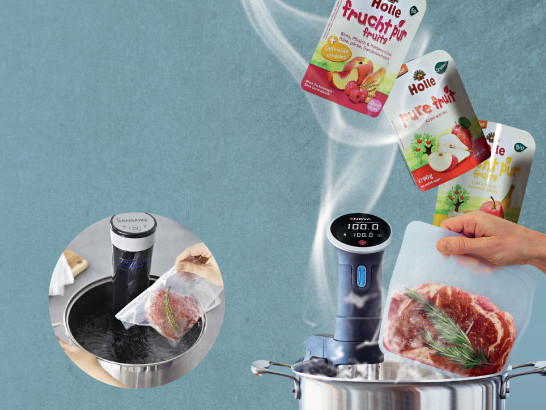
early experiments of modified atmosphere packaging date back to the early 19th century, but most accounts are not acknowledged until after World War II. In France before WWI, researchers found that removing air from rubber latex bags and sealing them proved useful for increasing shelf life; this concept soon became popular around Europe as well because frozen foods typically have less longevity than those kept under refrigeration or at room temperature.
The cryovac packaging process, created in the 50s to package whole turkeys was one of many early commercial uses for vacuum packages. Since its introduction during industrialization periods across countries all over the world –People have contributed new methods & materials that improved the quality of life among people everywhere!
By the 70s, the idea of introducing an inert gas into vacuum packaging helped to increase the shelf life of perishable products dramatically. Since then, the advancements in vacuum packing efficiency and increased shelf life have made incredible advancements.
Now it’s seem you have a basic know of vacuum packaging, let’s see the types of vacuum bags packaging we commonly use in our life.
Types of vacuum bags packaging
1.Side seal bags
Side seal bags are ideal for storing in foods while retaining freshness and aroma, for maturing food products or attractively displaying them on the shelf. PrimePac produces the three-edged vacuum bags made of high-quality PA/PE barrier film in numerous formats. The PA (polyamide) provides an oxygen barrier and aroma protection, while PE (polyethylene) ensures a moisture barrier and optimal sealing properties.
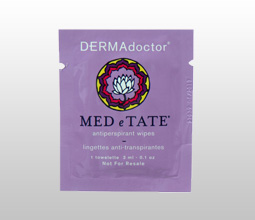
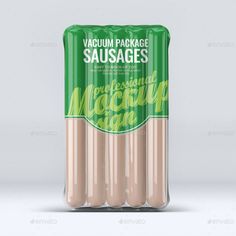
Types of vacuum bags packaging
2.Tubular bags
All products demand an impeccable appearance.We recommend tubular bags without side seams, which cling closely to the products they protect. These bag types are manufactured from high-quality PA/PE composite films that offer an excellent oxygen barrier and transparency while also being puncture-resistant or sealing properties when needed most!
Types of vacuum bags packaging
3.Shrink bags
The ASB shrink bag (PVDC) or our ASBC shrink bags with EVOH barrier extend the shelf life of the products with an almost “invisible” packaging. The special film structure and selected high barrier materials ensure high puncture resistance, low air-penetration rates and long-lasting protection.
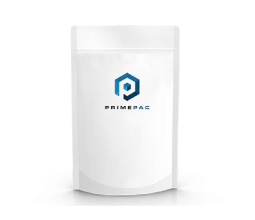
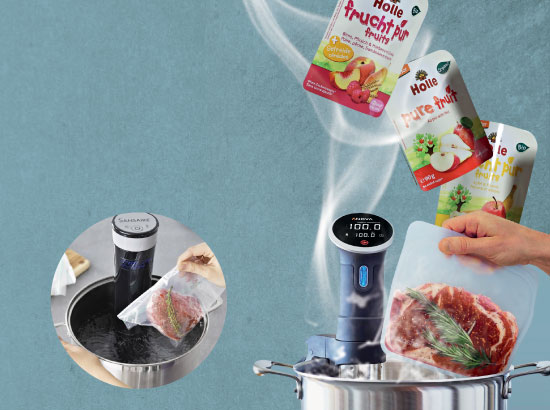
Types of vacuum bags packaging
4.Cook-in bags
With a temperature resistance of -40°C to 121 °C, these bags will not delaminate or leak at any time. They make for the perfect ingredient when preparing sous-vide dishes because their durability allows gentle cooking in this process without fear that it might strengthen bacteria growth within your food.Cook-in bags with a tolerance of up to 121°C can also be used for sterilisation.
VACUUM PACKAGING COMMONLY USED IN LIFE
OVER PURCHASES OR BUY-INS
Preserve quality and extend shelf life or stored raw foods-meats, dairy, vegetables, fruits.
OVER PRODUCTION
Preserve cooked food without exposure to air or dehydration.
MEATS
Portion and re-package for assured shelf life. Store (refrigerated or frozen) and preserve quality of prime items for future use.
SMOKED MEATS
Most smoked products contain a percentage of water.Vacuum Packaging prevents moisture evaporation (yield loss) plus provides an attractive temper resistant package.
VEGETABLES
Portion pack “in-season” product and refrigerate for later preparation. Re-package bulk quantities for menu rotation. Maintain salad freshness and crispness.
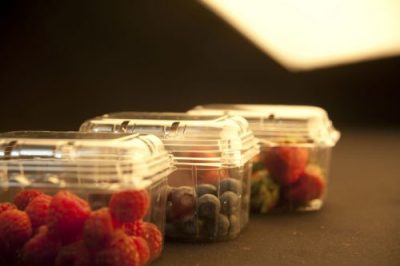
SANITATION
Prevents cross-contamination of flavours and aromas. It also prevents yield loss of products (i.e. blood, water).
CHEESE
Prevents drying, crumbling and mold of bulk and grated. Eliminates the labour cost of trimming and rewraps.
Typical shelf lives of vacuum packaged :
All vacuum packaged foods must be top quality, fresh and prepared in a sanitary method in order to reach optimum shelf life. In addition, shelf life can be affected by acidity, pH level, temperature and ingredients.
Some typical shelf lives of vacuum packaged refrigerated products, as compared to normal refrigeration, are:
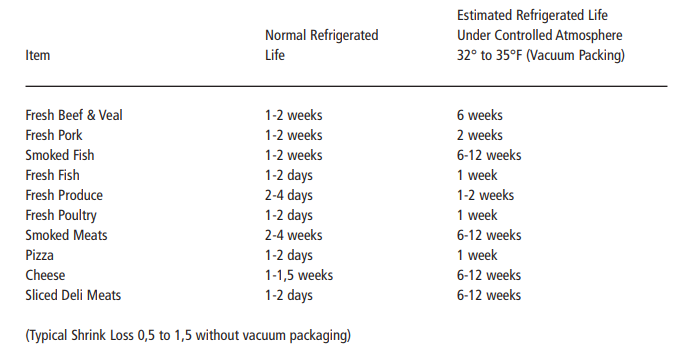
The above shelf lives may vary and can be affected by product freshness, acidity, pH level, temperature, ingredients, sanitation and laminates used in pouch construction.
Previously we mentioned the application of vacuum bags packaging in our daily life, you may confuse about why there is everywhere using vacuum bags packaging? What are some special advantages of Vacuum Packaging? Thus, we list several FAQs about vacuum packaging, also the advantage introduction about using vacuum bags packaging as well.
Let’s see!
Q: Do Vacuum Packaged products still need to be refrigerated?
A: Yes. Some organisms are resistant to high carbon dioxide levels. Their growth is slowed at lower temperatures
Q: What are some special advantages of Vacuum Packaging?
A: Only a sampling of the advantages include:
- Vacuum packaging reduces product shrinkage. It also keeps moisture at bay, so you can keep your prices high without losing customers to the competition.
- Vacuum packaging reduces trim losses by eliminating oxidation and freezer burn.
- Vacuum packaging can enhance product quality. Vacuum packaged meat held at 32° to 35°Fdoes not hinder “aging” or tenderizing.
- Vacuum packaging allows more efficient use of time. Food can be prepared in advance without loss of freshness, so slack times are more productive, and busy times are more manageable.
- Vacuum Packaging allows for money-saving quantity buying. Products such as cheese, continental small goods, fish, bacon, coffee and nuts, processed meats, and many other food items may be bought in bulk at a lower price and then pre-packaged by either a central warehouse or in each supermarket or restaurant outlet.

8 Vacuum Packaging Benefits You Should Know !
- Increased Shelf Life – Studies have shown that vacuum packaging can increase product shelf life by 50%-400%. Vacuum packaged salmon is a popular form of long-term storage for many products. The key to increasing product shelf life, as with all foods in vacuum packaging there’s no chance they’ll spoil due to oxygen exposure or contamination from outside elements like bacteria which can lead to unwanted flavors being created by molds growing on them during transport – meaning you’re guaranteed freshest quality each time!
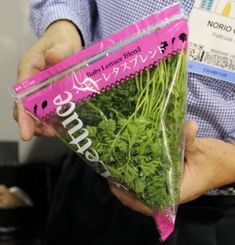
- Reduced Product Loss – Increased shelf life directly affects the reduction in product loss for companies inventorying products. The reduced product loss helps to increase bottom lines.
- Sealed Barrier From External Elements – The most common vacuum bag thickness is a 3 mil thickness with some Vacuum Packaged Dried Fruit bags up to a 6-8 mil thickness. With the proper seal, vacuum packaging can protect products from dust, moisture, insects, and a variety of other external elements that may harm or damage products. Vacuum packaging is also an excellent barrier of protection against freezer burn during long-term freezer storage.
- Seals in Flavors – Wet aging meats is a popular form of curing meat before preparing it. This often uses natural juices from the meat with spices and flavours vacuum sealed to lock in flavours during the curing process.
- No Chemical Preservatives Required – Vacuum packaging eliminates the need for chemical preservatives. With the right mixture of oxygen to inert gas, products can last longer without the use of commonly used preservatives. The earth’s atmosphere is made up of 78% nitrogen which is the most commonly used inert gas for vacuum packaging.
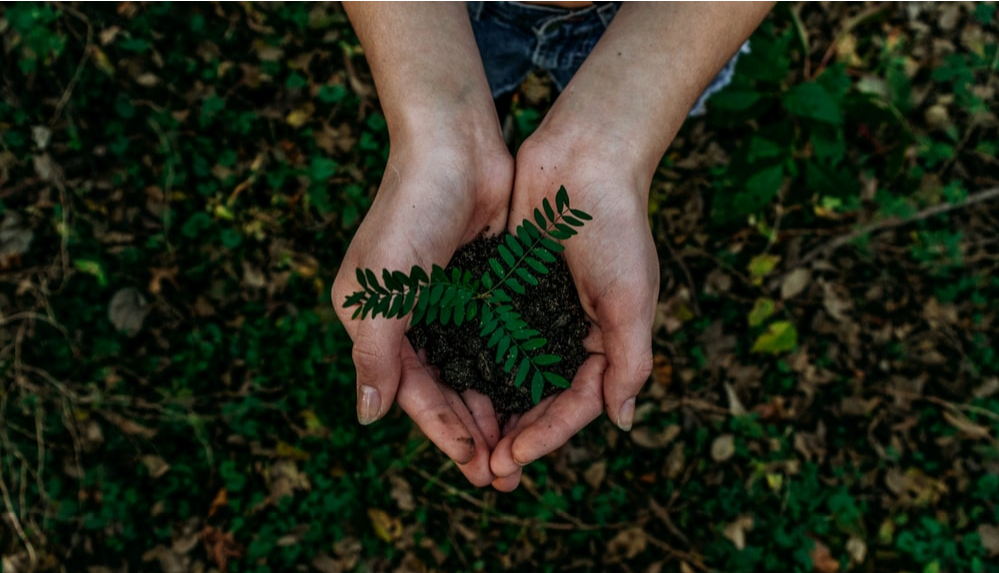
- Improved Product Presentation – Most vacuum bags are crystal clear allowing products within the packaging to be displayed on shelves. Vacuum packaging is an affordable packaging solution the enables products to be shelf-ready Vacuum Packaged Dried Tomatoes with the application of a custom printed sticker.
- Multiple Packaging Options – Vacuum sealing materials come with multiple packaging options. Users can buy rolls of film or bags to seal products. Bags can be found with reclosable zippers, easy-open tear notches, foil-lined, channeled, and with a variety of other options to choose from.
- Quick and Efficient Packaging – With the proper machines and materials, vacuum sealing can be a very efficient process enabling hundreds or thousands of products to be sealed per hour.
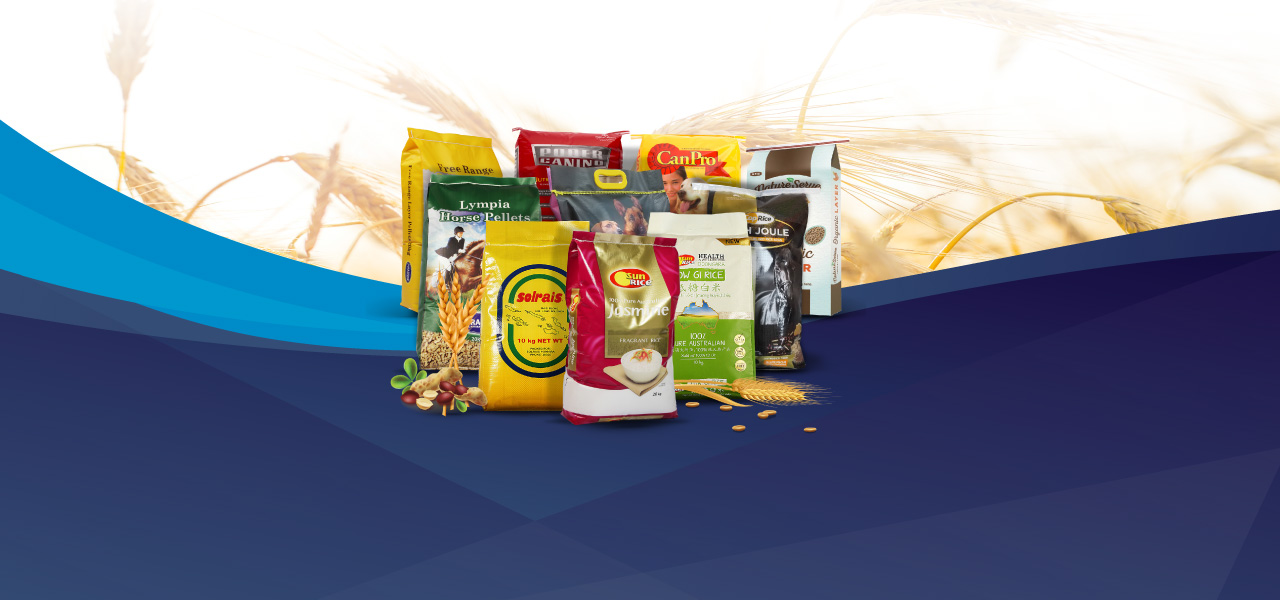
Conclusion:
Now, we see the vacuum packaging not only provides a clean and hygienic packaging method for food, but also do help to saves the space. It is an indispensable packaging for the industry!
Therefore, choosing the right packaging method can improve the effectively of the product. Similarly, choosing a reliable packaging manufacturers is also an important thing!
About PrimePac
At PrimePac, we bring together design experts and brand innovators to create fresh ideas, customized packages, and fully efficient processes.
We design creative packaging solutions that cater to a diverse global audience with the in-house knowledge and network of experienced professionals to meet the demands of every type of client.
From our dedicated sales team and warehouse staff in the UK to the experts at our production facilities in China, all of our employees are guided by four core values at the heart of our business: integrity, innovation, passion, and engagement.
Network
With our team in China and UK working as one, we reduce inefficiency so that you deal with one streamlined team from manufacturing right to delivery.
Service support team located in Guangzhou, the manufacturing hub of China, providing rapid response, and local industry knowledge. Warehouse and 3PL net work located in Sydney, to provide rapid distribution, and delivery to your customers.
